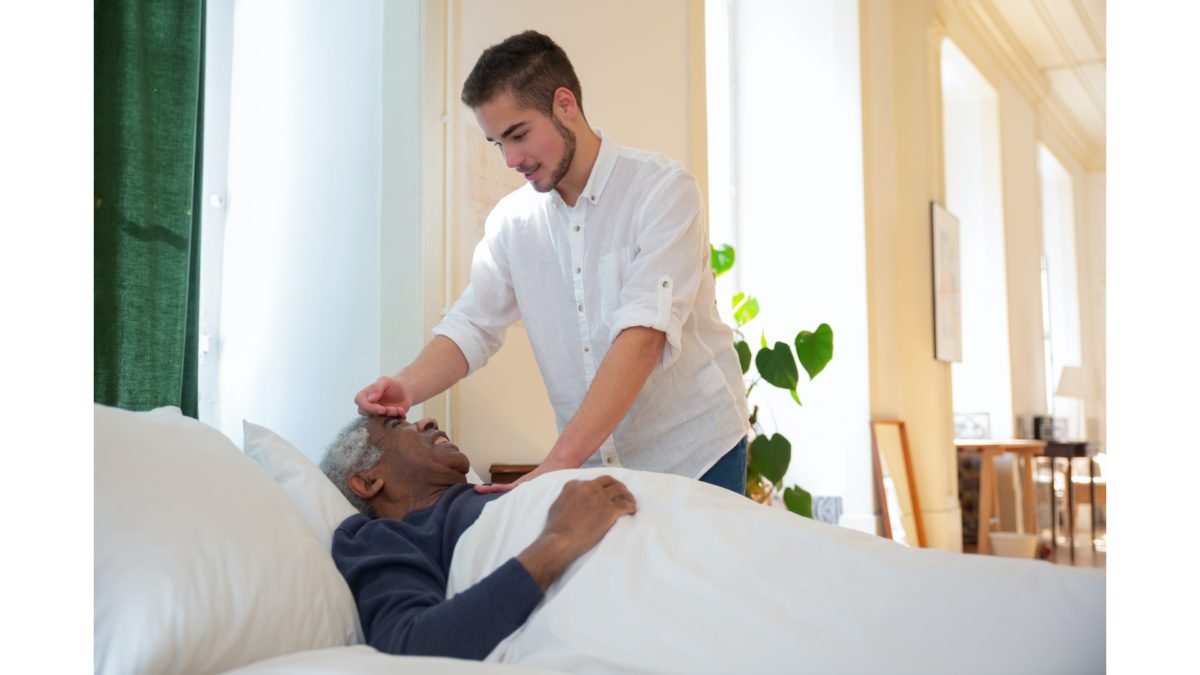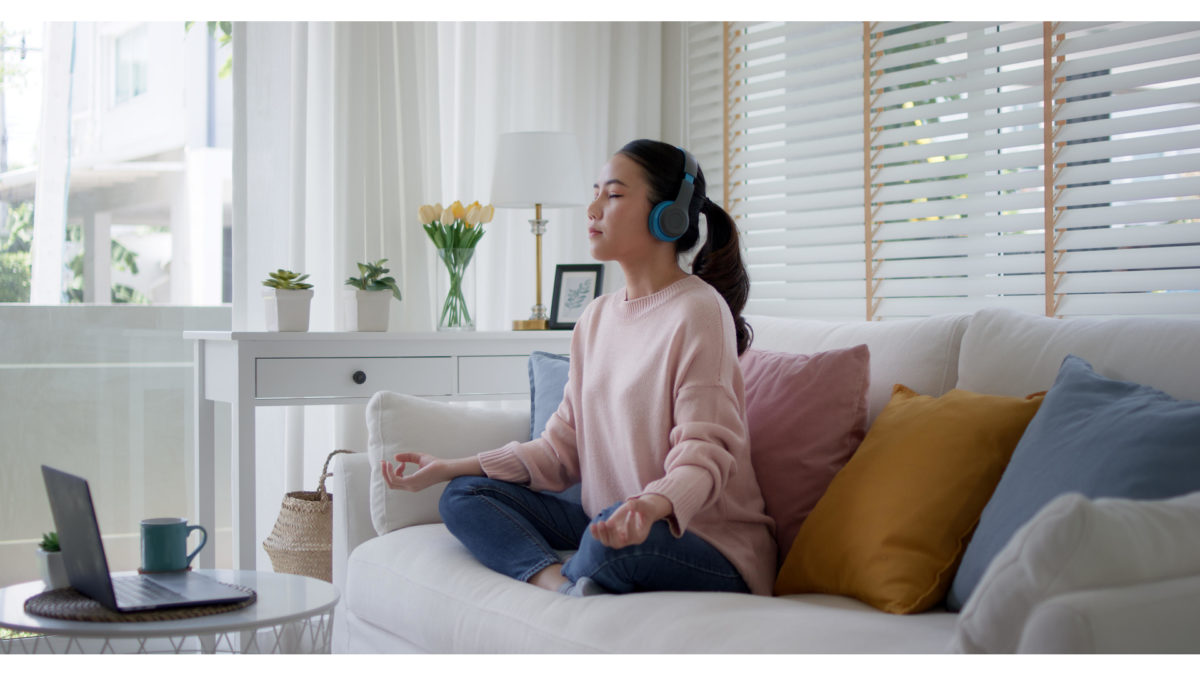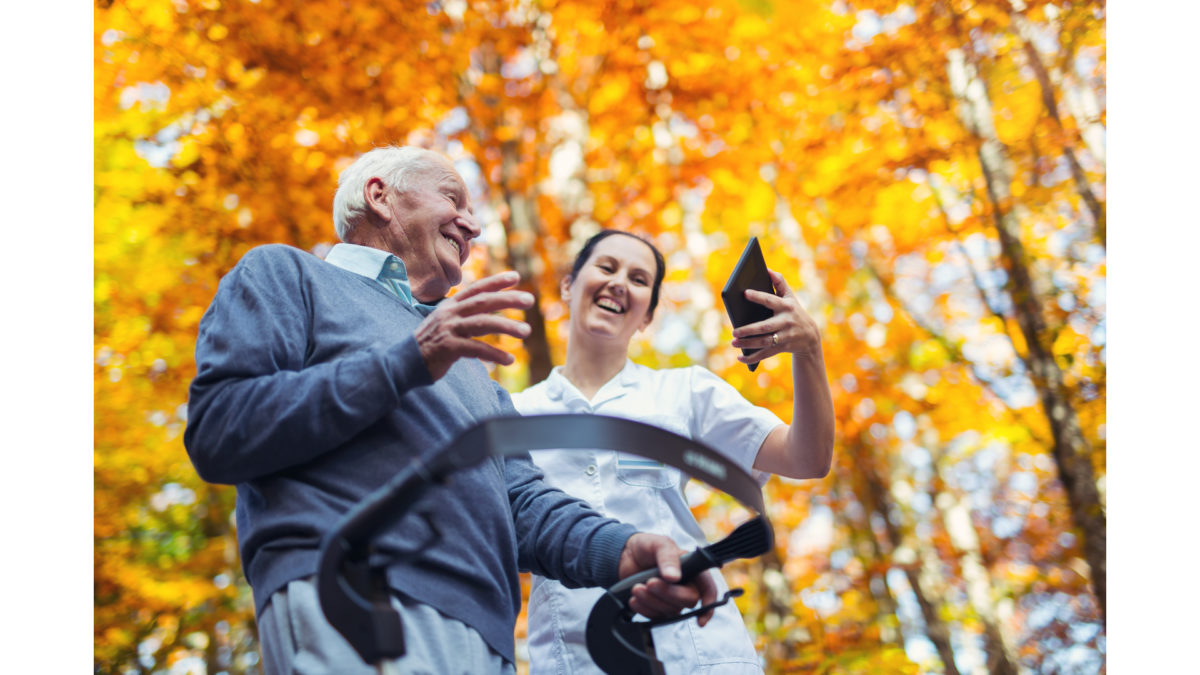It’s no secret that the rapidly accelerating ageing population has put pressure on the long-term care system in Canada. Statistics Canada indicates that the number of Canadians over 80 is projected to approximately triple in the next 25 years.
So the question is, are there enough long-term care beds for seniors in Canada?
Research published in the Canadian Institute for Health Information also announced that in Canada, there are approximately 2076 long-term care homes, and over half of the LTC homes are privately owned (54%). These LTC homes can provide around 198,220 long-term care beds, however, Canada has around 6,835,866 people aged 65 and older. So on average, for 1,000 seniors aged 65 and older in Canada, only 29 of them can have beds in the long-term care communities.
According to the Canadian Institute for Health Information, the incidence of dementia among Canadians aged 65 and older is more than doubling every five years. To be specific, about 1 in 100 seniors aged 65 to 69 have been diagnosed with dementia, and 1 in 4 seniors aged 85 and older have been diagnosed with dementia! Moreover, according to the Ontario Long Term Care Association, nearly 70% of seniors with dementia will need long-term care.
It’s not hard to see that long-term care resources are stretched thin, and our caregivers, who are working tirelessly day in and day out, somehow get the blame. Why is there no empathy towards our caregivers? Our leaders? We need to redefine what long-term care looks like from the outside looking in. That, of course, will take years, and support from all angles. In the meantime, caregivers, residents, and families need to connect and demonstrate empathy for all parties. How? Well, try CareStory. Scan Mr. Douglas Hughes’s QR code and experience the transformative power of how CareStory promotes empathy and connection.













